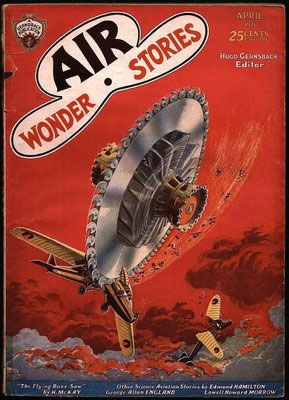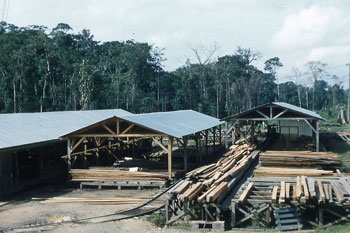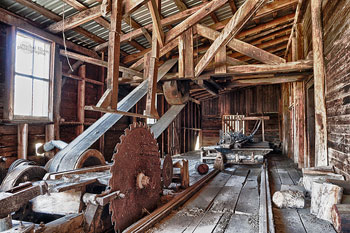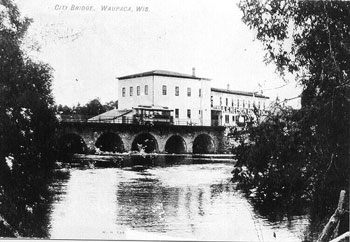
Source: Air Wonder Stories (April 1930) ... UFOs seen in London skies: viral video spotlight (June 28, 2011) ...item 3.. The Avengers: Cathy Gale “Honor Blackman” First Appearance HD ..., marsmet522, Flickr
Writers make a number of decisions in the creation of a work of fiction. As they begin to outline their short stories, they may ask themselves the following questions:
- What happens in the story, or what is the plot?
- Who are the characters, and how will they change?
- What is the conflict, and how will it be resolved?
- What is the theme or the message of this work?
- Where and when does the story take place, or what is the setting?
These same questions help readers comprehend a short story once it is written. Check out this video about five elements you’ll need to pay attention to when you read a story. All five elements come into play in a good short story, each one informing and enriching the other. While this lesson focuses mainly on characterization and conflict, you’ll begin with setting, as Ernest Hemingway does in his short story “The End of Something.”

Source: Saw Mill, Allen Drebert, Wikimedia
In the old days Hortons Bay was a lumbering town. No one who lived in it was out of sound of the big saws in the mill by the lake. Then one year there were no more logs to make lumber. The lumber schooners came into the bay and were loaded with the cut of the mill that stood stacked in the yard. All the piles of lumber were carried away. The big mill building had all its machinery that was removable taken out and hoisted on board one of the schooners by the men who had worked in the mill. The schooner moved out of the bay toward the open lake, carrying the two great saws, the travelling carriage that hurled the logs against the revolving, circular saws and all the rollers, wheels, belts and iron piled on a hull-deep load of lumber. Its open hold covered with canvas and lashed tight, the sails of the schooner filled and it moved out into the open lake, carrying with it everything that had made the mill a mill and Hortons Bay a town.
The one-story bunk houses, the eating-house, the company store, the mill offices, and the big mill itself stood deserted in the acres of sawdust that covered the swampy meadow by the shore of the bay.
Ten years later there was nothing of the mill left except the broken white limestone of its foundations showing through the swampy second growth as Nick and Marjorie rowed along the shore. They were trolling along the edge of the channel-bank where the bottom dropped off suddenly from sandy shallows to twelve feet of dark water. They were trolling on their way to set night lines for rainbow trout.
“There's our old ruin, Nick,” Marjorie said.
Nick, rowing, looked at the white stone in the green trees.
“There it is,” he said.
“Can you remember when it was a mill?” Marjorie asked.
“I can just remember,” Nick said.
“It seems more like a castle,” Marjorie said.
Nick said nothing. They rowed on out of sight of the mill, following the shore line. Then Nick cut across the bay.

Source: Improvised portrait studio, Michel Filion, Flickr
Where does the story occur? The literal answer of “Hortons Bay” is found in the first sentence. There are other relevant answers to the same question, however. The story takes place in a sparsely populated, rural spot. It takes place outdoors in a boat on a lake. This is an environment where the central characters Nick and Marjorie feel at home. (It may be interesting to know that the story takes place in Northern Michigan where Hemingway spent summers as a youth.)
The question of where this story takes place also has a symbolic answer. The action occurs against the backdrop of something that has ended in this town, the lumber industry. This setting is essential to the plot because the end of the mill and then the town foreshadows the end of something else in the story. Even though Marjorie thinks the abandoned mill looks like a castle, you should get the idea that this is not a Cinderella story with a fairy-tale ending.

Source: M.R. Kirk, Mill Street, Waupaca
Setting also encompasses a temporal element. The story occurs in the evening “on the way to set night lines for trout.” While Hemingway doesn’t specify an exact year, you learn that the mill town was flourishing ten years before the story occurs. Although it isn’t stated in the story, it might help you to know that the story occurs approximately a century ago. The ruins of a once prosperous place set the stage for a story about one couple’s relationship.